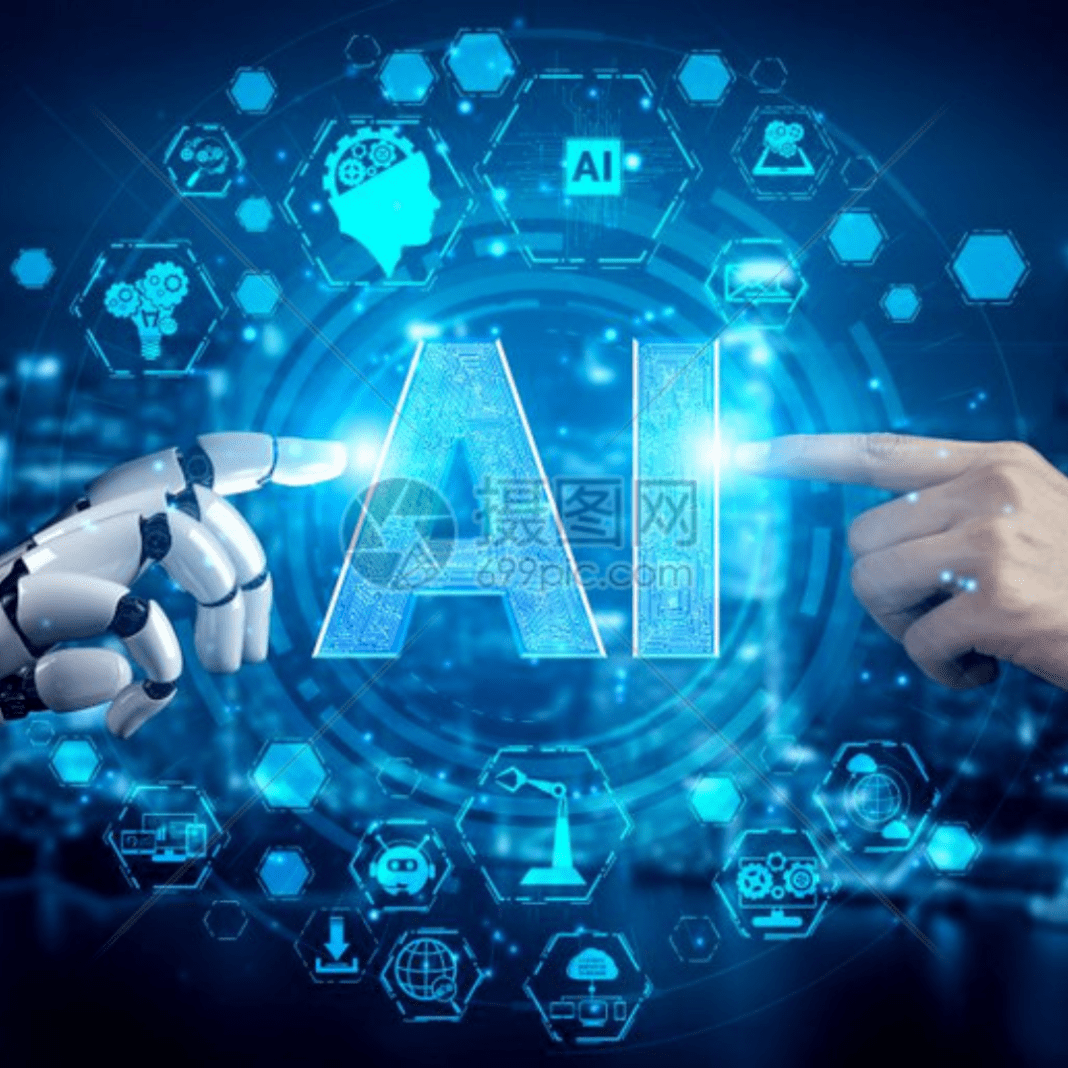AI is now part of our daily lives. It helps us write articles, create drawings, and even talk to virtual assistants. Lately, AI image generation has taken off. People use it to quickly create artwork, illustrations, and designs. One popular trend is mimicking the iconic art styles of studios like Studio Ghibli. But all this AI magic comes with a price, and it’s more than just the electricity cost. AI image generation requires far more energy and resources than text generation. Let’s dive into why.
Why Does Image-Generation Need So Much Power?
When we ask AI to generate text, the process is simple. The AI uses language models to predict the next word or phrase based on patterns it has learned from lots of data. It’s like a huge game of word association. Since text generation only involves predicting words and letters, it doesn’t need as much computing power.
Generating images is much more complex. An image isn’t just a bunch of pixels; it’s made up of shapes, colors, textures, and structures. The AI has to understand and recreate these elements to make the image look real and appealing. To do this, the AI performs complex calculations to get every detail right. These processes use much more energy than generating text.
Images have more data than words. A single image can have millions of pixels, and each pixel can have different colors. For AI to process these images, it must analyze and understand all these data points in real time. This is why image generation uses so much more power. It’s not just about predicting the next word—it’s about creating a full image from scratch.
How Much More Energy Does It Take?
The difference in energy use between text and image generation is huge. Generating one image can use as much energy as charging a smartphone. In comparison, generating 1,000 words of text only uses about 16% of the energy needed to charge that smartphone.
AI models made for image generation, like diffusion models or GANs, need even more power. These models use complex algorithms to create high-quality images and need a lot of data to work well. For example, generating 1,000 images with a model like Stable Diffusion XL can release as much carbon dioxide as a gasoline car driving 4 miles. This is a huge environmental cost, especially compared to text models, which release much less carbon.
The high energy use isn’t just about the electricity to run the AI. It also includes the infrastructure that supports these systems. AI models need powerful GPUs (Graphics Processing Units) to do the hard work. These GPUs must be cooled to prevent overheating, and cooling requires more energy and resources, adding to the total power demand.
How Cyber Attacks on Industrial Control Systems Can Endanger Lives ?
The Environmental Toll of Image-Generation
AI image generation uses a lot of energy, and this can harm the environment. Running large AI models requires huge amounts of electricity. Depending on where this power comes from, it can create a big carbon footprint. For example, training a model like GPT-3 used over 1,200 MWh of electricity and released more than 500 tons of carbon dioxide. That’s similar to the emissions from dozens of cars on the road.
The environmental costs go beyond just electricity. Data centers, where AI models are stored, also use a lot of water for cooling. High-performance systems create a lot of heat, so data centers need cooling to stop them from overheating. This cooling often uses water. In 2022, companies like Google used billions of gallons of water just to keep their AI models running. While new technologies are being developed to reduce water use, the overall environmental impact of AI image generation is still high.



